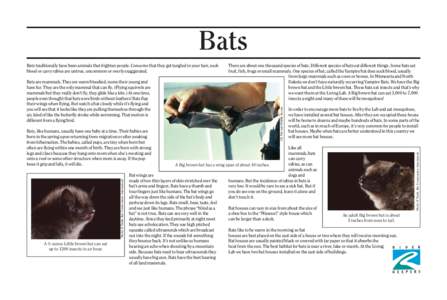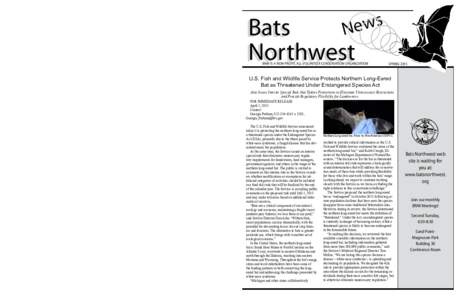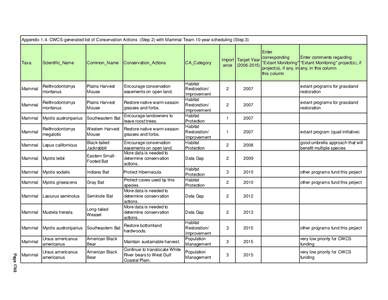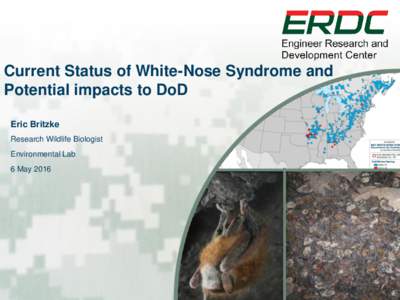 Date: 2014-06-12 02:19:54Mononegavirales Zoonoses Mouse-eared bats Animal flight Pollinators Rabies Little brown bat Cricket bat Rabies in animals Biology Bats Health | |  What you should know about bats... Which bats enter my home? Bats are plentiful in New Jersey and play an active role in the control of nuisance insects. Two kinds of bats in our area are often found roosting in colonies What you should know about bats... Which bats enter my home? Bats are plentiful in New Jersey and play an active role in the control of nuisance insects. Two kinds of bats in our area are often found roosting in colonies
Add to Reading ListSource URL: www.denvillenj.orgDownload Document from Source Website File Size: 286,94 KBShare Document on Facebook
|






 What you should know about bats... Which bats enter my home? Bats are plentiful in New Jersey and play an active role in the control of nuisance insects. Two kinds of bats in our area are often found roosting in colonies
What you should know about bats... Which bats enter my home? Bats are plentiful in New Jersey and play an active role in the control of nuisance insects. Two kinds of bats in our area are often found roosting in colonies